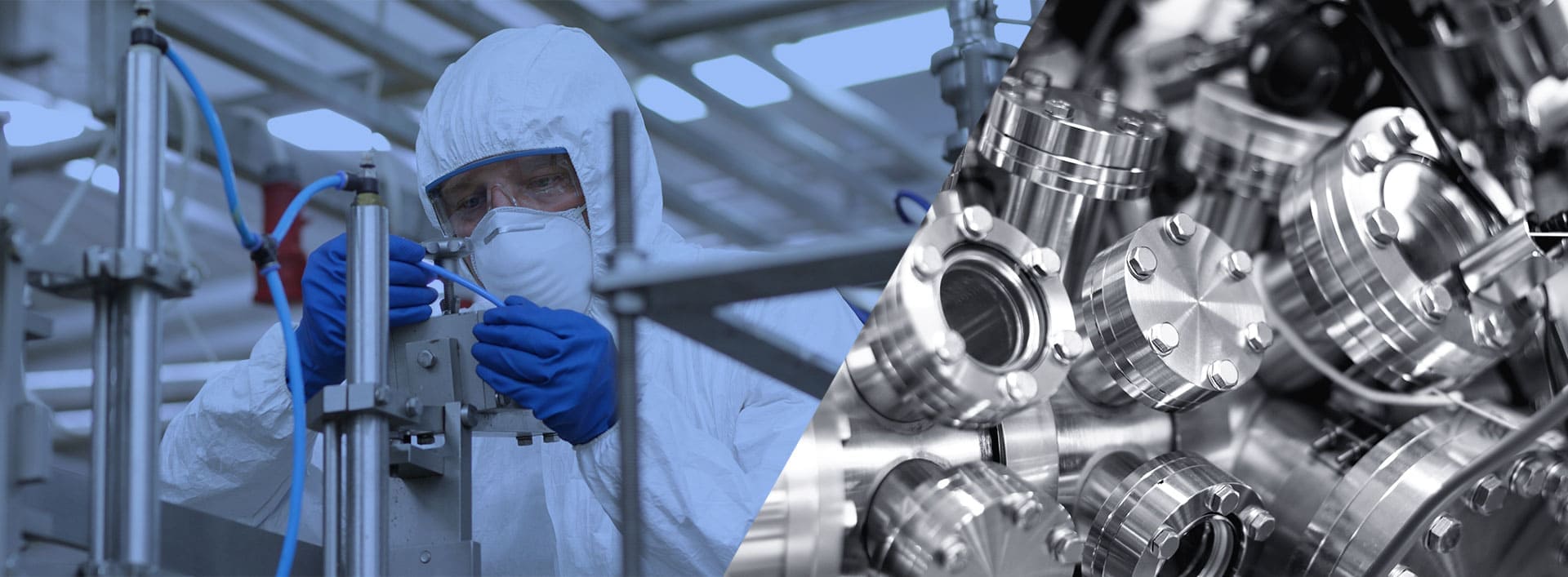
The k-e-g model is the most cost-effective method to characterize turbulent flames. To provide accurate estimates of local temperatures and gas concentrations these models are embedded with radiation from soot particles.
The Discrete Probability Function (DPF) method is normally used to compute the total NOX emission indices from combustors. The DPF method is used to obtain NOX after the local properties have been calculated using a standard flow solver such as Fluent of KIVA.
Lagrangian simulations are typically used to obtain structure information in spray flames. The lagrangian simulations of the fuel drops within the spray are embedded over an underlying k-e-g calculation for the gas phase.
En'Urga Inc. will undertake Monte-Carlo calculations to simulate a wide variety of phenomena, including heat transfer, molecular flows, system dynamics, and financial forecasting.
Laminar flames can also be modeled using elliptic flow solvers. These calculations, in general, provide a more accurate description of the flow structure.
To request more information about this service, please contact us using the Contact Form or by directly calling us.